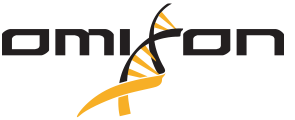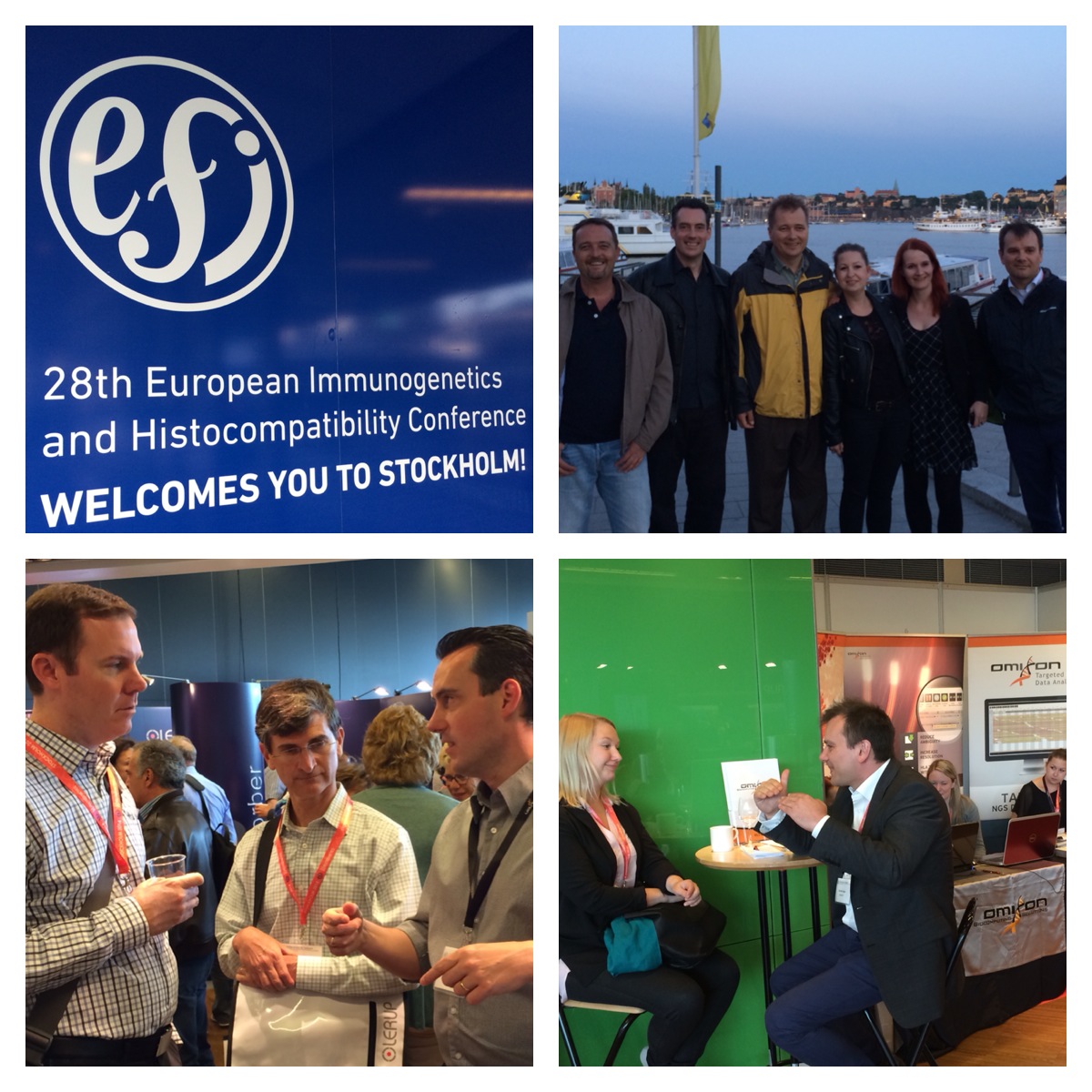When tackling any disease, the first step is to learn what signals its presence and what else these signs can mean. In discussing cancer, these signs are referred to as cancer biomarkers. Some organisations define a biomarker as a molecule that the cancerous tumor has secreted into the body, a direct bi-product of the presence of the disease. But others have a broader definition, using the term biomarker to describe both these molecules and the range of chemical and biological reactions produced by the body as it finds itself under attack from within.
The ability to search out these markers is vital both to the treatment of cancer and to research into the most effective cures. So what role does a marker like this play in cancer research and medicine?
There are a range of different uses of biomarkers in the treatment of cancer.
ASSESSING RISK
Biomarkers can come into play before someone even becomes a patient. Certain biological signs, in particular the presence of specific sets of genes, can indicate that a person will be particularly prone to a certain sort of cancer. Testing people with a family history of cancer can give them a warning if they are likely to suffer from the disease, and so take steps to prevent it.
Rather than allow cancer to emerge and flourish unnoticed through the natural course of events, someone who knows that they are genetically at risk can make preventative changes. They can alter parts of their lifestyle likely to trigger the cancer they are predisposed to, and which while safe for others might be potentially dangerous for them. They can also seek regular testing for cancer, catching it early if it arises and so allowingmore effective treatment of the cancer.
DIAGNOSIS
Biomarkers can be tested to identify the presence of cancer and to tell doctors more about the way it is developing. This is particularly useful in determining whether a second cancer is the result of circulating tumor cells from the first, or whether it has taken root in the body independently.
PROGNOSIS AND TREATMENT PREDICTIONS
Because they can provide a lot of information about the disease, biomarkers can be used to create a prognosis for the cancer and to predict the likely impact of any given treatment. Certain biomarkers are associated with better survival rates or cancers that respond well to particular treatment. If the doctor treating a patient knows that their cancer shows particular features, and that a drug targets cancers with those features, then the chances of successful treatment dramatically increase. Equally, if they can tell that a patient will have trouble metabolising a drug then they can choose a more suitable alternative.
MONITORING THE EFFECTIVENESS OF TREATMENT
A lot of research is currently underway into the use of biomarkers as a sign of how effectively a treatment is working. As the cancer causes particular biomarkers, and the body produces others in response, a rise or fall in their presence can be a sign of progress. Other ways of monitoring treatment are often costly and take up equipment that could be used for other patients, so biomarkers could save hospital resources and thus lives.
RECURRENCE
Some biomarkers provide indicators of whether cancer is likely to recur. This can help in deciding how closely to monitor a patient after treatment has ended.
Biomarkers in cancer research
Given their importance in cancer treatment, it is hardly surprising that biomarkers play a significant role in cancer research.
In trials of cancer drugs, as in those for other medicines, it is not always possible to see the disease through to its finish, whether that is a cure or the failure of the drug and so the patient’sdeath. In the latter case in particular, trials may need to be stopped and new treatment begun.
Cancer testing is particularly challenging, as the long duration of the disease can prevent testing through its whole course, and invasive biopsies are often the only way to directly examine a patient’s cancer.
Given these issues, biomarkers are often used as stand-ins signifying whether or not a treatment is working. If the biomarkers indicate that the treatment is affecting the cancer then researchers can avoid the need for long trials or direct inspection of the tumor.
Analysing the HLA region for cancer research
At Omixon we are specialized in the analysis of Human Leukocyte Antigen (HLA) genes using Next Generation Sequencing (NGS) data. The HLA region is probably the most complex region in the entire genome, with a high number of biomarkers and disease associations. Interestingly, the relevance of HLA genes for many cancers is becoming increasingly clear.
For example there is evidence for a role of specific HLA-A genotypes as high risk factors for the development of Chronic Lymphocytic Leukaemia (CLL). The specific mechanism is not clear but it is hypothesized that certain HLA variants may indirectly lead to abnormal proliferation of B-Cells.
Furthermore, some HLA genotypes have been identified as high risk factor for cervical cancer whereas others are reportedly associated to reduced risk of developing certain cancers, such as breast and oral cancer
Omixon can help both scientists and clinicians to better analyse the relevant HLA genes and contribute to a deeper understating of this complex genomic region.


